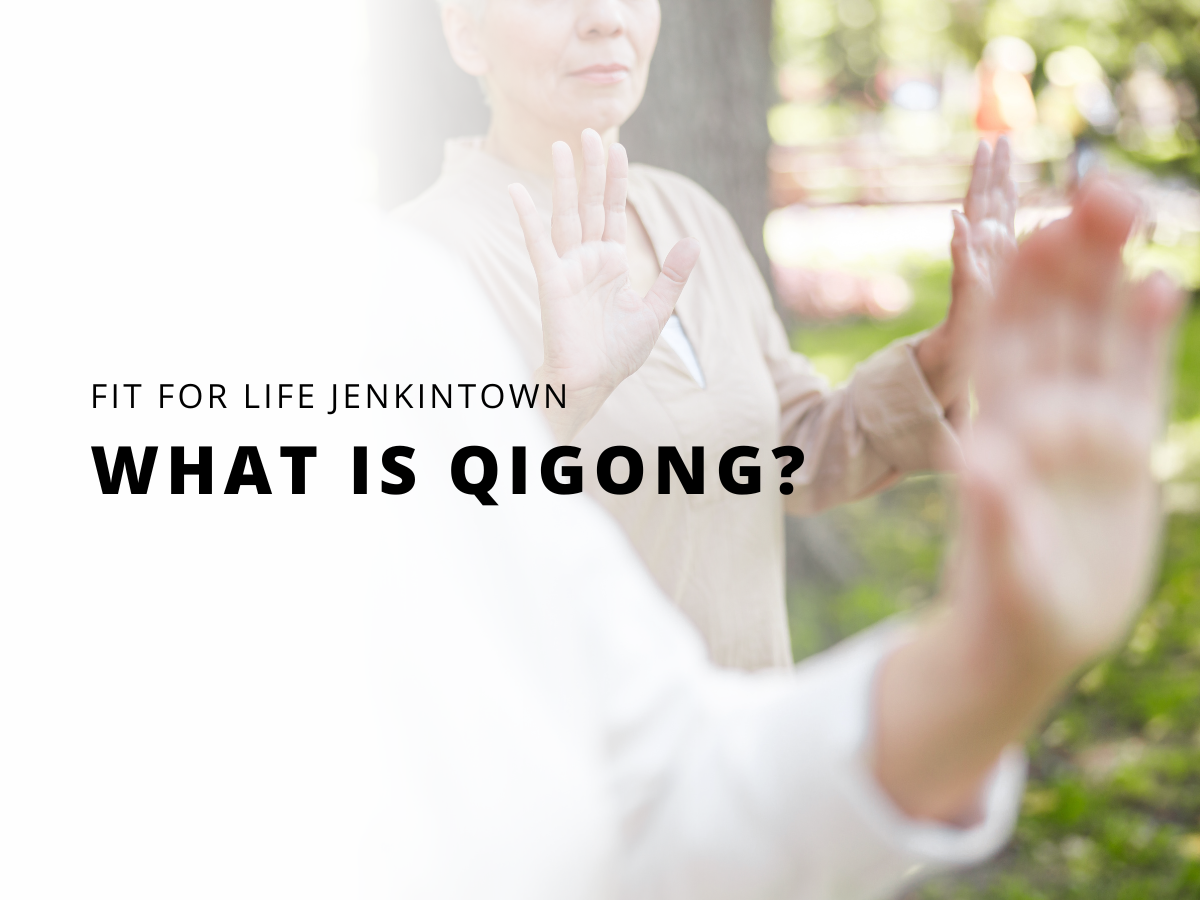Qigong, pronounced “chi gong,” was developed in China thousands of years ago as part of traditional Chinese medicine. It involves using exercises to optimize energy within the body, mind, and spirit, with the goal of improving and maintaining health and well-being.
Qigong has both psychological and physical components and involves the regulation of the mind, breath, and body’s movement and posture.
In most forms of qigong:
- Breath is slow, long, and deep. Breath patterns may switch from abdominal breathing to breathing combined with speech sounds.
- Movements are typically gentle and smooth, aimed for relaxation.
- Mind regulation includes focusing one’s attention and visualization.
There are many forms and styles of Qigong, but they all fit into one of three main categories:
- Medical Qigong to heal self and others.
- Martial Qigong for physical prowess.
- Spiritual Qigong for enlightenment
Generally, all Qigong practitioners incorporate exercises and techniques from all three categories–the only difference is their focus.
Beginners first learn how to coordinate physical movements with breath through the repeated practice of exercises. Once they achieve proper form, students work on turning those exercises into moving meditation, or finding the change in energy within the postures, movements, breathing patterns, and transitions.
Reference: What Is Qigong? A Beginner’s Guide to This Energetic Movement Practice | Qigong | Qigong: What You Need To Know

